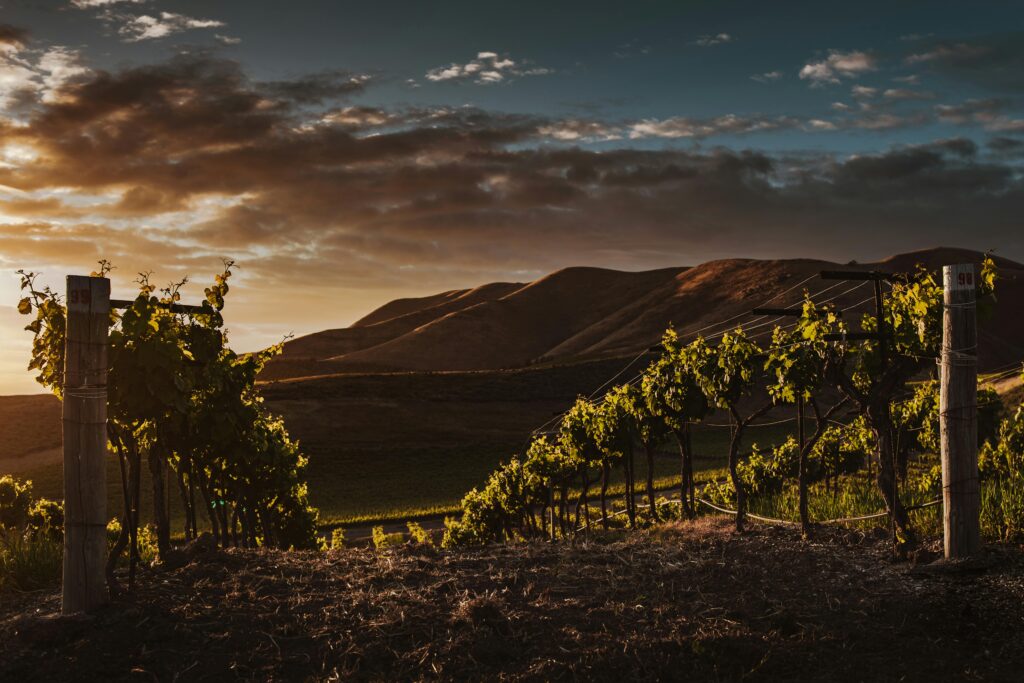Discovering the Siskiyou Grapevine: An Exploration of a Unique Geographic Feature
The Siskiyou Grapevine is a fascinating and distinctive geographic feature in the United States, known for its scenic beauty and significant role in the region’s transportation and ecology. In this article, we will delve into what the Siskiyou Grapevine is, its location, historical significance, and its impact on the surrounding area.
What Is the Siskiyou Grapevine?
The Siskiyou Grapevine is a term used to describe a section of Interstate 5 (I-5) that crosses the Siskiyou Mountains in southern Oregon and northern California. It is renowned for its challenging terrain and steep grades. The term “grapevine” is often used to denote a stretch of road that is particularly winding or hilly, and the Siskiyou Grapevine is a prime example of this.
The Siskiyou Grapevine is a key segment of I-5, which is one of the major north-south highways on the West Coast of the United States. It serves as a critical transportation route, linking the state of California with Oregon and beyond.
Read More:Understanding the Role of a “Bertėjas”
Location and Geography
The Siskiyou Grapevine is located in the Siskiyou Mountains, which are part of the larger Cascade Range. This mountainous region extends through southern Oregon and northern California. The Grapevine itself is situated near the border between these two states.
Key Geographic Features
- Elevation: The Grapevine area reaches elevations of over 4,000 feet (1,200 meters) above sea level. The high altitude contributes to the challenging driving conditions, particularly in winter when snow and ice can make the road treacherous.
- Steep Grades: The road includes several sections with steep inclines and declines. Drivers often need to navigate sharp turns and steep grades, which can be particularly challenging for large trucks and vehicles carrying heavy loads.
- Scenic Views: Despite its challenging conditions, the Siskiyou Grapevine offers breathtaking views of the surrounding mountains and valleys. The landscape is characterized by dense forests, rugged terrain, and expansive vistas that are especially striking in the fall when the foliage changes colors.
Historical Significance
The Siskiyou Grapevine has played an important role in the history of transportation in the region. Here’s a brief look at its historical significance:
Early Exploration and Settlement
The Siskiyou Mountains were originally inhabited by various Native American tribes who lived in the region long before European settlers arrived. These tribes had established trade routes and pathways through the mountains.
With the arrival of European settlers in the 19th century, the Siskiyou Mountains became an important area for exploration and settlement. The construction of roads and railways through the mountains was crucial for connecting new communities and facilitating trade.
Road Construction and Development
The construction of Interstate 5 through the Siskiyou Mountains began in the 1960s. This was part of a larger effort to create a modern, efficient transportation network across the United States. The Grapevine section of I-5 presented significant engineering challenges due to its steep grades and rugged terrain.
The road construction involved extensive earth-moving and grading to create a passable route through the mountains. Despite these challenges, the completion of this section of I-5 greatly improved transportation between California and Oregon.
Impact on Transportation
The Siskiyou Grapevine plays a crucial role in regional and interstate transportation. Here’s how it impacts travel and commerce:
Key Transportation Route
I-5 is a major north-south highway that runs from the Mexican border in California to the Canadian border in Washington. The Siskiyou Grapevine is a critical segment of this route, facilitating the movement of goods and people between California and Oregon.
Challenges for Trucking
The steep grades and winding nature of the Grapevine pose challenges for truck drivers, particularly those transporting heavy loads. Special regulations and requirements are in place for trucks traveling through this area to ensure safety.
During winter, the Siskiyou Grapevine can be particularly challenging due to snow and ice. The California Department of Transportation and Oregon Department of Transportation work to keep the road safe by implementing snow removal and de-icing measures.
Economic Impact
The Siskiyou Grapevine is vital for regional commerce. It supports the transportation of goods such as agricultural products, manufactured goods, and other cargo between the two states. Businesses and industries in both California and Oregon rely on this route for efficient logistics and supply chain management.
Environmental Considerations
The Siskiyou Grapevine also has significant environmental implications. Here’s a look at some of the key environmental considerations:
Wildlife Habitat
The Siskiyou Mountains are home to a diverse range of wildlife, including deer, elk, and various bird species. The construction and maintenance of the road have had an impact on these habitats.
Efforts have been made to mitigate the environmental impact of the road. This includes creating wildlife crossings and preserving natural areas along the highway.
Erosion and Landslides
The steep grades and heavy rainfall in the Siskiyou Mountains can lead to erosion and landslides. Road maintenance teams work to address these issues to ensure the safety and stability of the road.
Conservation Efforts
Various conservation organizations and government agencies are involved in preserving the natural beauty and ecological health of the Siskiyou Mountains. This includes managing public lands, protecting endangered species, and promoting sustainable practices.
Scenic Beauty and Recreation
In addition to its transportation role, the Siskiyou Grapevine offers opportunities for scenic enjoyment and outdoor recreation. Here’s how people can experience this beautiful area:
Scenic Drives
The drive through the Siskiyou Grapevine offers stunning views of the mountainous landscape. Travelers can enjoy the changing scenery as they pass through different elevations and weather conditions.
Hiking and Outdoor Activities
The surrounding Siskiyou Mountains are popular for hiking, camping, and other outdoor activities. There are several trails and recreational areas near the Grapevine where visitors can explore the natural beauty of the region.
Photography and Nature Watching
The diverse landscape and wildlife make the Siskiyou Grapevine a great location for photography and nature watching. The changing seasons offer different opportunities to capture the beauty of the area.
Safety Tips for Travelers
Traveling through the Siskiyou Grapevine requires caution due to its challenging terrain. Here are some safety tips for drivers:
- Check Road Conditions: Before traveling, check current road conditions and weather forecasts. Be aware of any road closures or chain requirements during winter.
- Drive Carefully: Due to the steep grades and sharp turns, drive slowly and use lower gears when going downhill. Be cautious of other drivers, especially large trucks.
- Prepare for Weather: Be prepared for changing weather conditions. Carry chains for your tires if snow or ice is expected, and ensure your vehicle is in good working condition.
- Stay Alert: Stay focused on the road and avoid distractions. Fatigue can be a significant risk, especially on long drives through challenging terrain.
Conclusion
The Siskiyou Grapevine is a unique and important geographic feature with a rich history and significant impact on transportation, commerce, and the environment. Its challenging terrain and scenic beauty make it a notable part of the Interstate 5 route through the Siskiyou Mountains. Whether you’re a traveler navigating the winding road or someone interested in the region’s history and ecology, the Siskiyou Grapevine offers a fascinating glimpse into the intersection of nature and human engineering.



